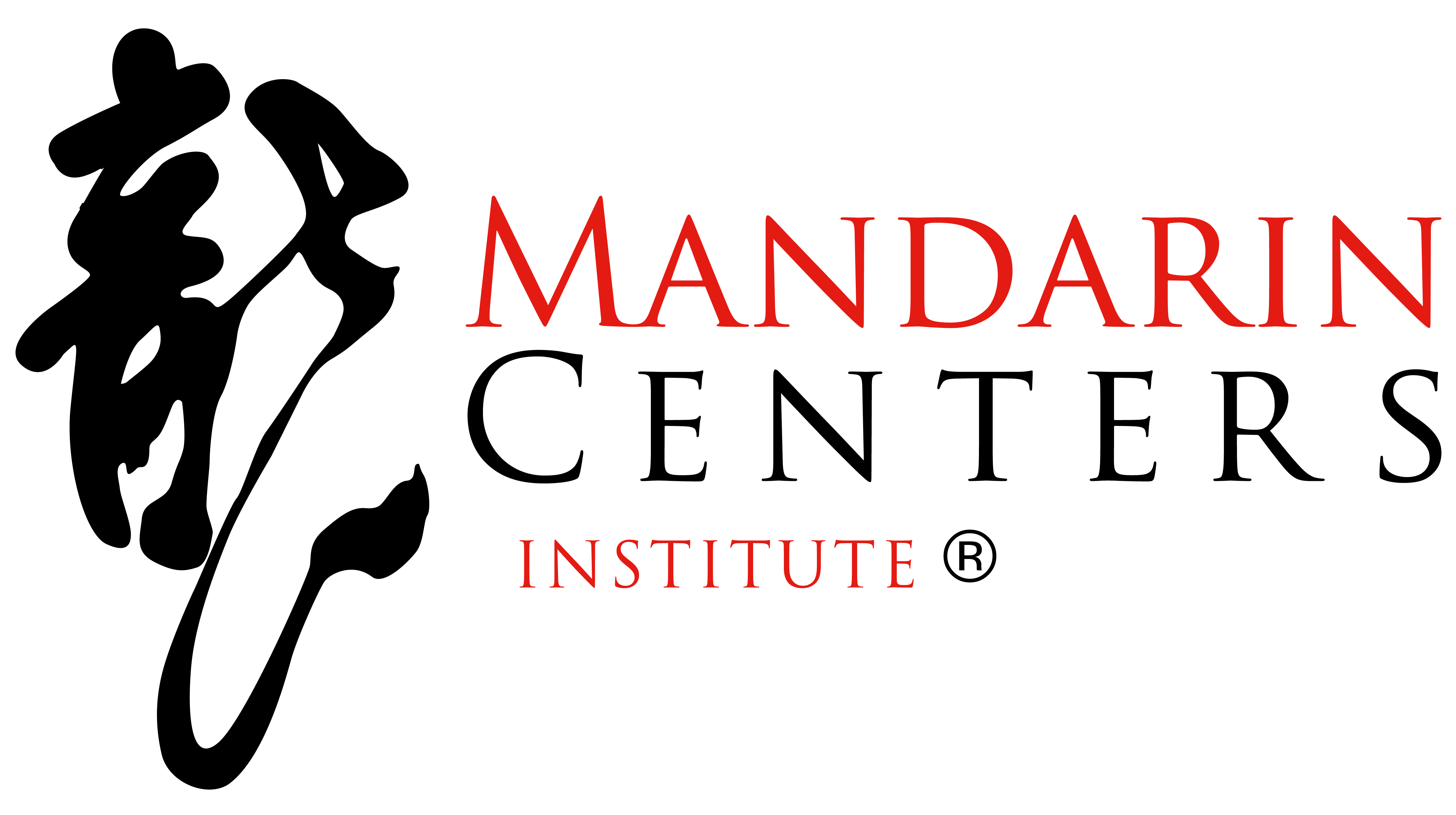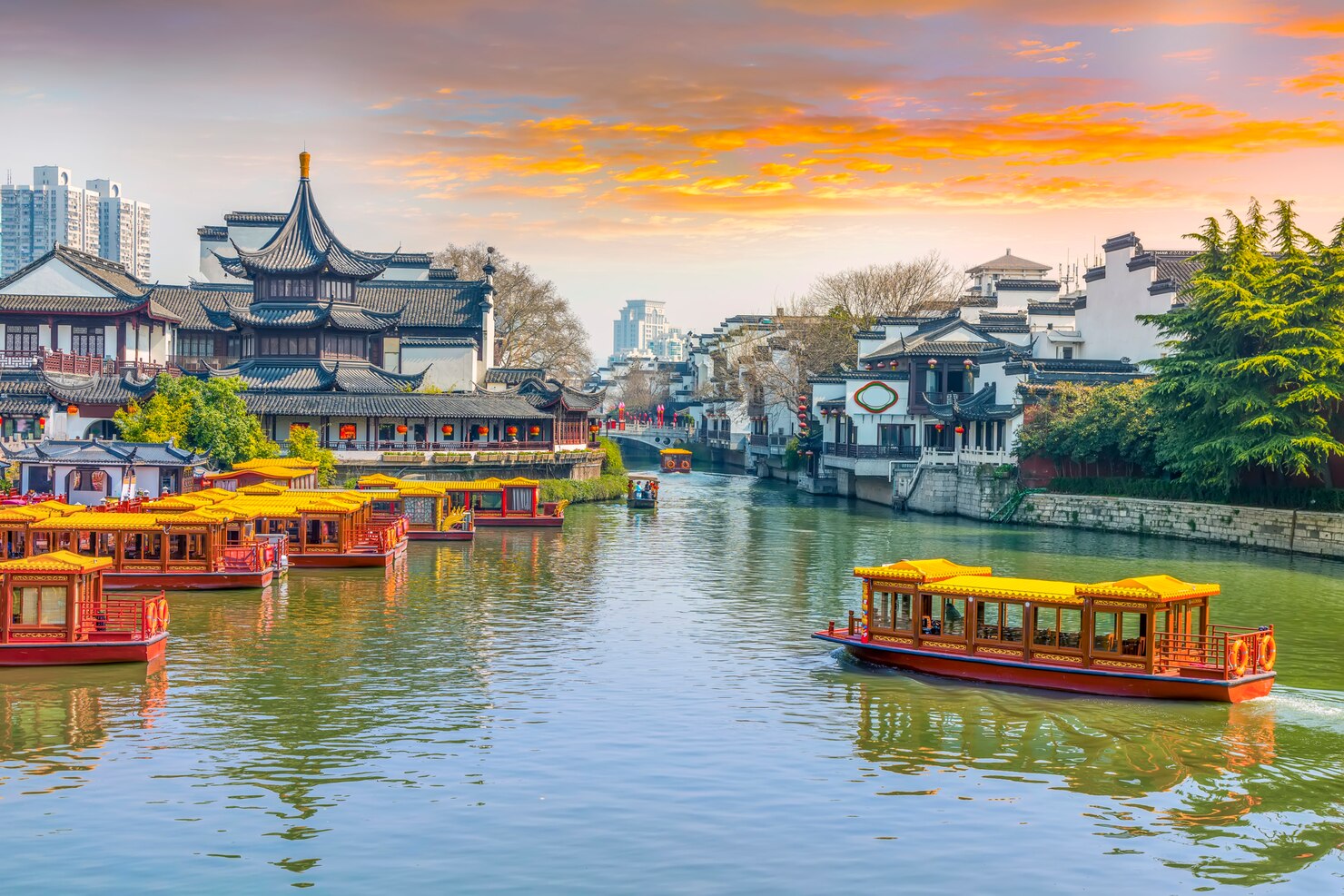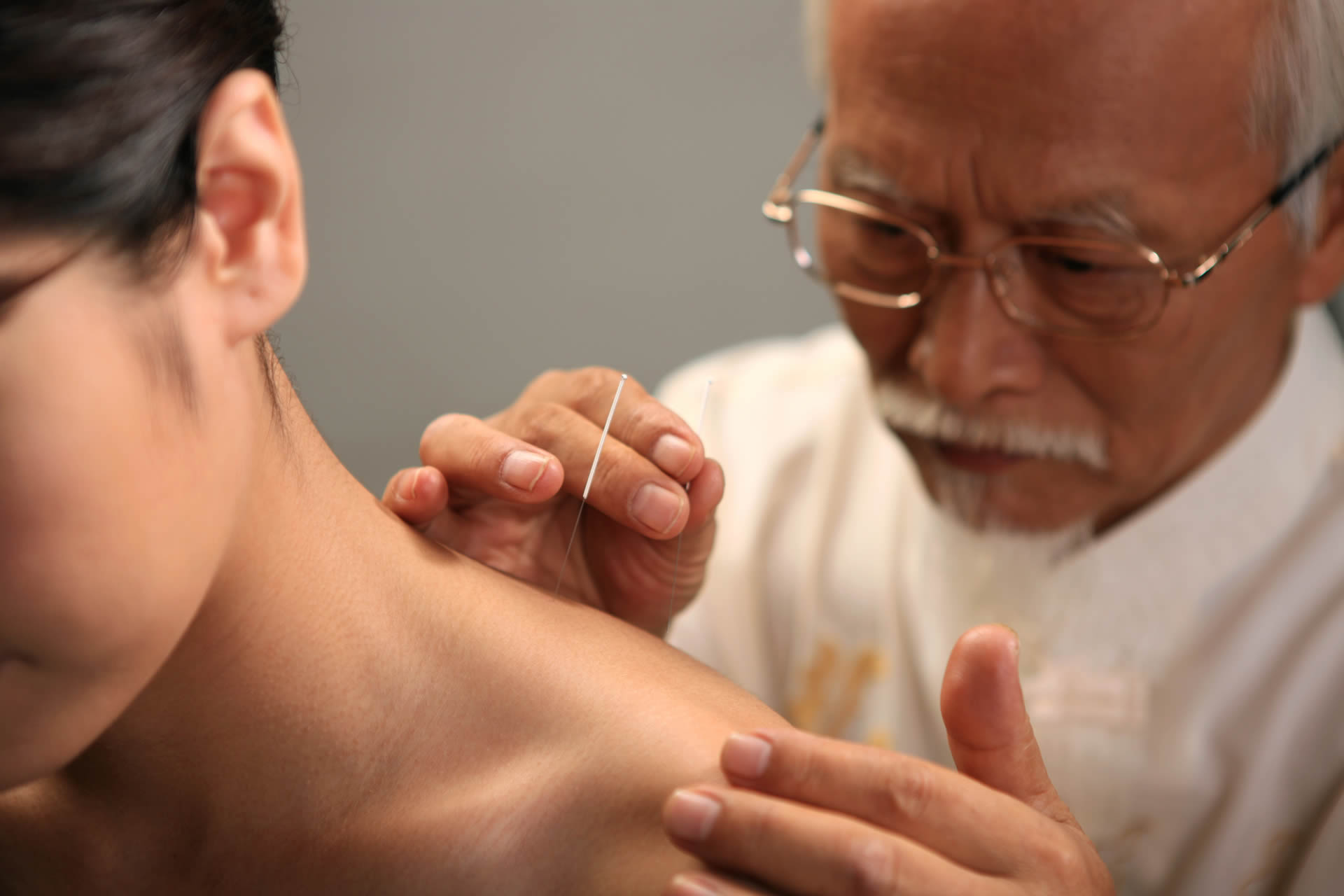Do you dream of going to China to study Mandarin? At Mandarin Centers, we offer you the option to attend summer campuses in Shanghai, Suzhou, and Beijing! From July 16th to 30th, 2024.
Registration is now open for the 2024 summer campus in China. This time, we include:
1- Accommodation: All standard three-star hotels with either double or triple standard rooms.
2- Transportation: Regular air-conditioned tourist bus service.
3- Meals: 13 breakfasts and 26 meals included.
4- Tourist Attractions: All entrance tickets are included in the price.
5- Classroom: Meeting room at the hotel.
6- Insurance: Personal accident travel insurance up to 25,700 euros.
7- Practical Activities: Cloisonné filigree, Chinese knot weaving, incense bag making, identification of Chinese medicine.
8- Guide throughout the trip.
9- Mandarin Centers Institute staff accompanying the group 24 hours a day.
Register now!
Contact us for more information at +1 (829) 763-5773
What does the Summer Campus 2024 include?
In summary, the travel package includes:
- 14 days
- 3 cities
- 24-hour service
- 30 hours of language and culture classes
- Linguistic and cultural immersion experience
Flights, taxes, accommodation, meals, cultural visits, transportation, language classes, and travel insurance all included for a price of US$ 4,000.
The registration deadline is April 20, 2024.
Details of the tourist visits during the trip
Shanghai – Yuyuan Garden

Yuyuan Garden is an allusion to the renowned parks south of the Chang River. It is a famous tourist destination and a place of historical interest and spectacular beauty, which is also a nationally protected historical and cultural space. Originally, during the Ming Dynasty, Yuyuan Garden was a private garden. Today, it has a history of 400 years. The word “Yu” (豫), which means peace and well-being, gives the garden its name, “pleasing the elderly relatives.”
Shanghai – Oriental Pearl Tower
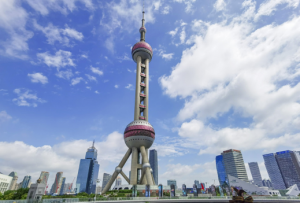
The Oriental Pearl Radio & TV Tower in Shanghai (abbreviated as “Oriental Pearl”) stands behind the new Lujiazui district with the International Architecture Exhibition of the Waitan on the opposite bank of the river, complementing each other, offering a magnificent view of this international metropolis. In 1995, the Oriental Pearl Radio & TV Tower was awarded as one of the ten new landscapes of Shanghai.
Disneyland Shanghai
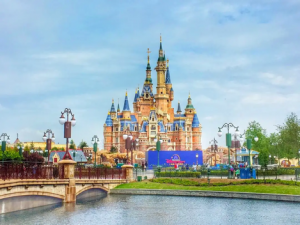
“The Garden of Imagination” exalts the wonders of nature and the happiness bestowed by the power of imagination. Its seven small magical gardens allow visitors to forget about discomfort and hustle, whether by riding a fantasy carousel spinning in delight, soaring through the sky with Dumbo, or admiring the numerous and iconic Disney shows within the enclosure.
Shanghai Natural History Museum
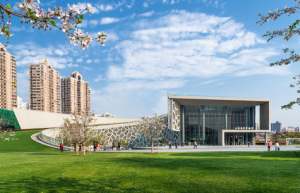
The exhibition at the Shanghai Natural History Museum is themed around “Nature” – “Man” – “Harmony” in line with “Evolution” as the connecting thread, from “Process,” “Phenomenon,” “Mechanism” to the beginning of “Culture.” “The development of musical movement,” “The Pictorial Scrolls of Life,” and the three thematic sections of “The Epic of Civilizations” in turn have ten permanently exhibited sections on the natural world that interconnect and reinforce all kinds of relationships.
The Lion Grove Garden in Suzhou
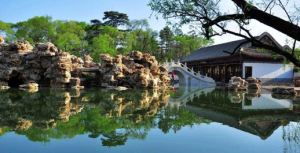
The Lion Grove Garden is one of the four most famous gardens in Suzhou, with a history of over 650 years. It is a representative garden of the Yuan Dynasty. Along the walls of the walkway, there are steles with calligraphy from the Song Dynasty by the “Four Masters of the Yuan,” Su Shi, Mi Fu, Huang Tingjian, and Cai Xiang, as well as inscriptions of poems about the blooming plum blossoms from the Southern Song Dynasty by Wen Tianxing.
Pingjiang Road Historic District
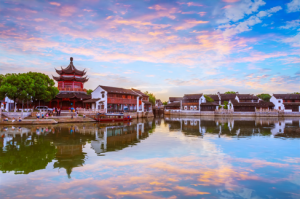
The Pingjiang Historic District is nowadays the best-preserved and largest historic district in Suzhou, deserving to be considered the epitome of ancient Suzhou. The present-day Pingjiang Historic District remains the same as when it was founded, still retaining the grid pattern of “parallel land and water, adjacent river and street,” just as it was at the city’s inception.
Hanshan Temple
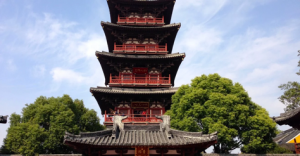
The Hanshan Temple is a Buddhist monastery and temple located in Fengqiao, about five kilometers from Suzhou, China. It was initially built during the Southern Dynasty (420-589) when Buddhism was very popular in China. Nowadays, the Hanshan Temple is not only a national 4A scenic spot (AAAA Tourist Attractions of China) with beautiful buildings and landscapes, but it also preserves many humanistic monuments such as poems, stone tablets, stone carvings, and calligraphic fragments.
Forbidden City in Beijing

The Forbidden City has over seventy palaces of various sizes and more than 9,000 rooms, with the Three Great Halls at its center. It is one of the largest and best-preserved wooden structures in the world. It was inhabited by 24 emperors of the Ming and Qing dynasties, who ruled China for 491 years.
Song Qingling Cultural and Scientific Exchange Center
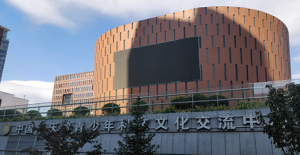
The space is based on the essence of traditional Chinese culture and carries out educational activities on national studies and intangible cultural heritage for young people, with the basic concept of “following the rhythm of the past and looking towards the future” to create a professional, multidimensional, and international space for the dissemination of excellent traditional culture.
The Great Wall
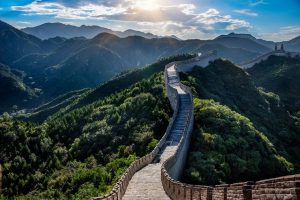
This is an ancient Chinese military defense project, an extensive walled defensive structure. The history of the construction of the Great Wall dates back to the Western Zhou Dynasty. During the Spring and Autumn Period and the Warring States Period, the Great Wall was built in the first climax after the Qin Dynasty destroyed the six kingdoms and united the world, and Emperor Qin connected and repaired the Great Wall of the Warring States, which was called the Great Wall of the 10,000 Miles. The Ming Dynasty was the last to repair the Great Wall, and most of the Great Wall that people see today was built during this time.
Bird’s Nest Stadium in Beijing
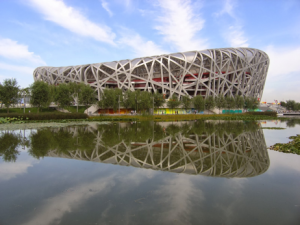
The National Stadium, also known as the “Bird’s Nest,” was the main stadium of the 2008 Beijing Olympics, where the opening and closing ceremonies of the 2008 Summer Olympics and Paralympics were held, as well as the finals of the athletics and football competitions. It also hosted the opening and closing ceremonies of the 2022 Winter Olympics and Paralympics.
National Aquatics Center or Water Cube in Beijing
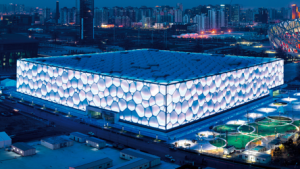
The National Aquatics Center, also known as the “Water Cube” or “Ice Cube,” is located in the Olympic Park in Beijing’s Chaoyang District. Construction began on December 24, 2003, and it was officially completed in January 2008. On November 27, 2020, the renovation project of the curling venue for the Winter Olympic Games at the National Aquatics Center passed the completion and acceptance inspection, and the “Water Cube” was transformed into the “Ice Cube.”
Summer Palace in Beijing

The Summer Palace is a collection of traditional Chinese garden art, borrowing from the surrounding landscape, full of magnificent and rich momentum of Chinese royal gardens, but also full of natural interest, embodied in the “though made by man, as if done by heaven” realm of gardening.
Temple of Heaven Park
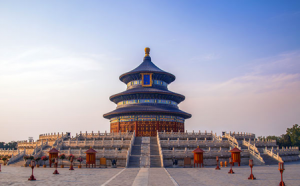
The Temple of Heaven is where the emperors of the Ming and Qing dynasties made sacrifices to the heavens for the welfare of the realm. The Altar of Heaven is rounded to the north and south, symbolizing “heaven is round and the earth is square,” and it occupies a total area of 273 hectares. The ancient function of the Temple of Heaven was to pray for a good harvest in spring and offer sacrifices to the heavens in winter, with the central structure being a huge circular stone platform called the “Circular Mound Altar.”
Red Theater and the Chinese Acrobatics Show
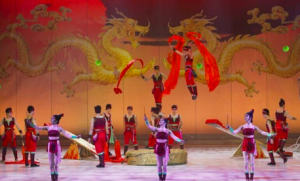
The Chinese Acrobatics Show not only amazes the audience but also promotes traditional culture. The show is thrilling, with a high artistic level, flawless choreography, and “sound, light, and electricity” effects, and the classic repertoire has won many national and international awards.

